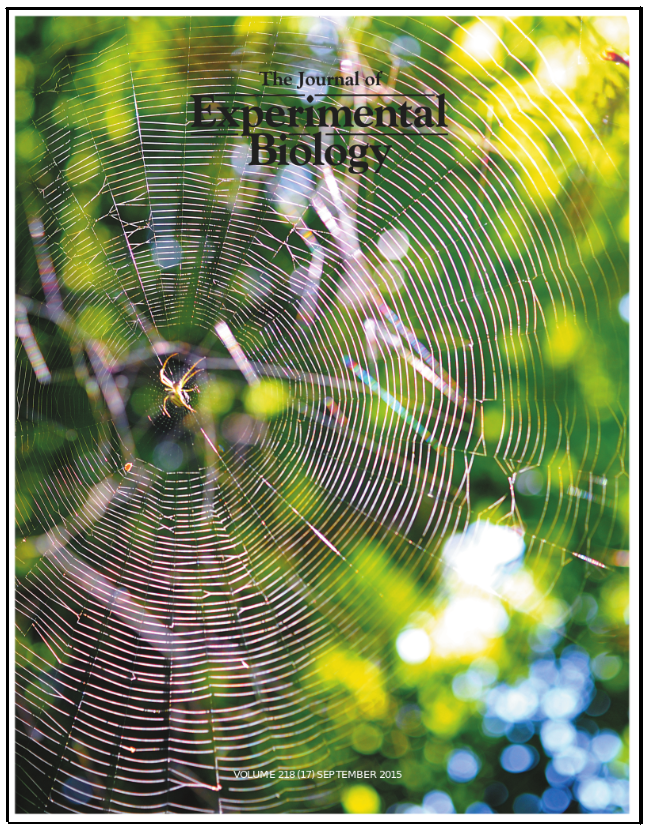Publications

Peer-Reviewed
*undergraduate researcher
Stewart, R. S., Kouwenberg, S., Pauel, J., and Stellwagen, S. D. 2024. Population records reveal expanded habitat preference for the endemic, predaceous Jamaican fungus gnat Neoditomyia farri (Diptera, Keroplatidae). Journal of Insect Science. Accepted.
Stellwagen, S. D., and Burns, M. 2021. Repeat variation resolves a complete aggregate silk sequence of bolas spider Mastophora phrynosoma. Integrative and Comparative Biology. 61(4):1450–1458. (Invited)
Stellwagen, S. D., Culin, J. D. 2020. Diversity and habitat distributions of ground-surface spiders (Araneae) in Kings Mountain National Military Park, SC. Southeastern Naturalist. 19(1): 128-151.
Stellwagen, S. D., Renberg, R. L. 2019. Toward spider glue: Long-read scaffolding for extreme length and repetitious silk family genes AgSp1 and AgSp2 with insights into functional adaptation. G3: Genes, Genomes, Genetics. 9(6): 1909-1919.
Opell, B. D., Stellwagen, S. D. 2019. Properties of orb weaving spider glycoprotein glue change during Argiope trifasciata web construction. Scientific Reports. 9: 20279.
Stellwagen, S. D., Sarkes, D. A., Adams, B. L., Hunt, M. A., Renberg, R. L., Hurley, M. M., Stratis-Cullum, D. N. 2019. The next generation of biopanning: Next Gen sequencing improves analysis of bacterial display libraries. BMC Biotechnology. 19: 100.
Stellwagen, S. D., Opell, B.D., Clouse, M. E.* 2016. The impact of UVA on the glycoprotein glue of orb-weaving spider capture thread from a diurnal and a nocturnal species (Araneae: Araneidae). Journal of Arachnology. 44(3): 401-404.
Stellwagen, S. D., Opell, B.D., Clouse, M. E.* 2015. The impact of UVB radiation on the glycoprotein glue of orb-weaving spider capture thread. Journal of Experimental Biology. 218(17): 2675-2684. COVER
Stellwagen, S. D., Opell, B.D., Short, K. G.* 2014. Temperature mediates the effect of humidity on the viscoelasticity of glycoprotein glue within the droplets of an orb-weaving spider’s prey capture threads. Journal of Experimental Biology. 217: 1563-1569.
Broad Audience
Burns M., Stellwagen S. D. 2021. The Ties that Stick: Challenges and future promise in the field of bioadhesives. Integrative and Comparative Biology 61(4): 1406-1410.
Stellwagen, S. D., Spider glue’s sticky secret revealed by new genetic research. The Conversation. June 5, 2019.